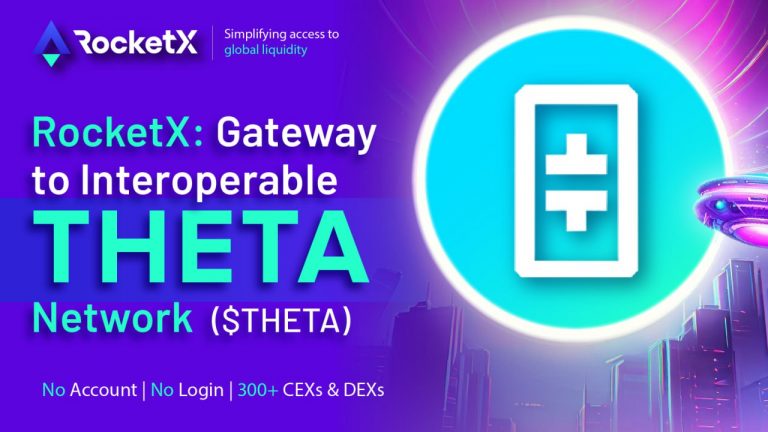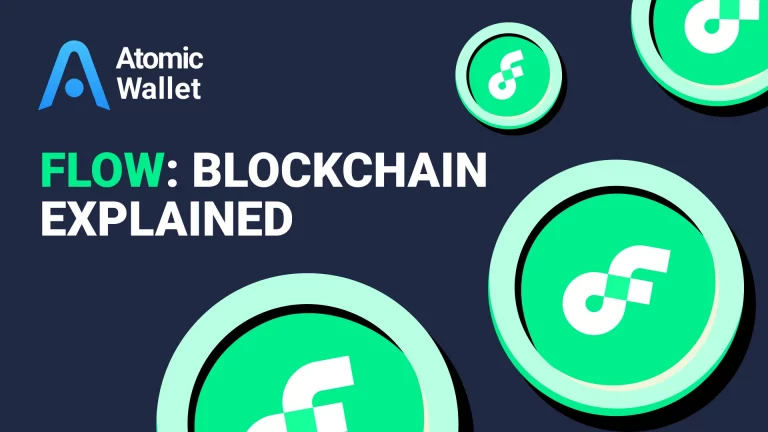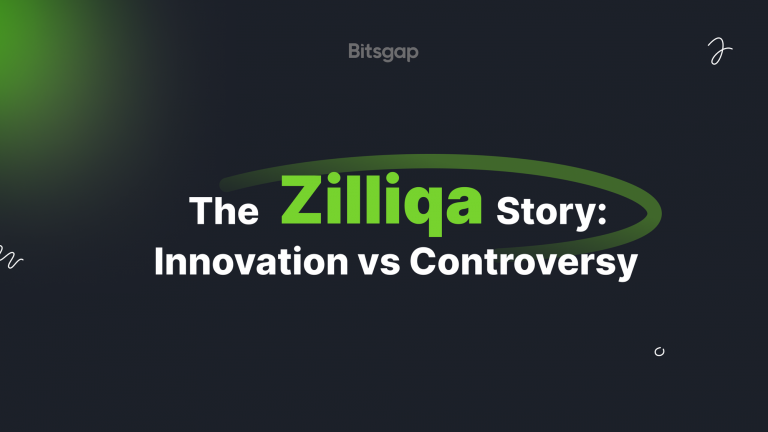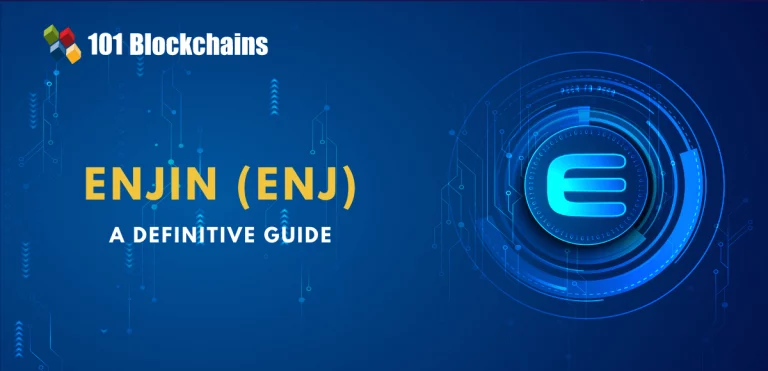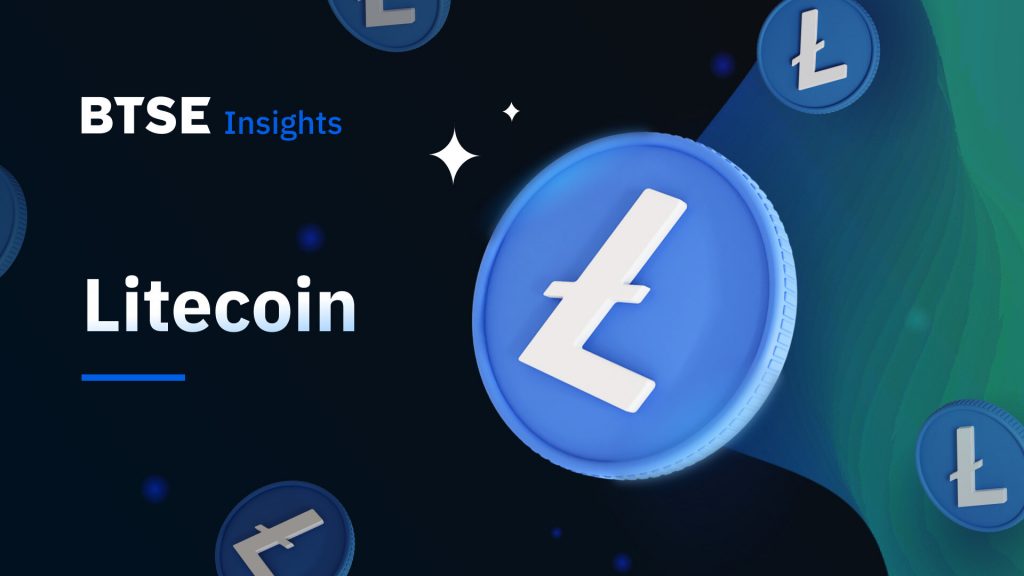
Litecoin The Silver to Bitcoin's Gold
Litecoin, a decentralized cryptocurrency launched in 2011, is often referred to as the “silver” to Bitcoin’s “gold.” While it shares many similarities with Bitcoin, Litecoin has distinct features that set it apart. This article will delve into the history, technology, and future of Litecoin, exploring its role in the cryptocurrency landscape.
The Birth of Litecoin
Litecoin was created by Charlie Lee, a former Google engineer, who forked the Bitcoin codebase in 2011. The primary goal of Litecoin was to introduce several improvements over Bitcoin, including faster transaction times, lower transaction fees, and a different mining algorithm.
Litecoin vs. Bitcoin: Key Differences
While Bitcoin and Litecoin share many similarities, there are several key differences between the two cryptocurrencies:
- Mining Algorithm: Litecoin uses the Scrypt mining algorithm, which is different from Bitcoin’s SHA-256 algorithm. This makes Litecoin more accessible to individual miners.
- Transaction Speed: Litecoin transactions are generally faster than Bitcoin transactions, making it a more suitable option for smaller payments.
- Total Supply: Litecoin has a total supply of 84 million coins, compared to Bitcoin’s 21 million coins. This larger supply can potentially make Litecoin more accessible and affordable.
- Market Cap: Litecoin typically has a lower market capitalization than Bitcoin, making it a more volatile asset.
The Benefits of Litecoin
Litecoin offers several benefits, including:
- Faster Transactions: Litecoin’s Scrypt mining algorithm and different consensus mechanism allow for faster transaction confirmation times.
- Lower Fees: Litecoin transaction fees are generally lower than Bitcoin’s, making it a more affordable option for smaller payments.
- Accessibility: Litecoin’s mining algorithm makes it more accessible to individual miners, compared to Bitcoin’s more resource-intensive mining process.
- Diversification: Litecoin can be a useful addition to a diversified cryptocurrency portfolio, offering exposure to a different asset class.
The Challenges of Litecoin
Litecoin also faces some challenges, including:
- Volatility: Like Bitcoin, Litecoin’s price is highly volatile, subject to significant fluctuations.
- Competition: Litecoin faces competition from other cryptocurrencies, such as Ethereum and Ripple, which offer different functionalities and use cases.
- Adoption: Litecoin has not achieved the same level of mainstream adoption as Bitcoin, limiting its real-world use cases.
The Future of Litecoin
The future of Litecoin is uncertain, but it has the potential to continue playing a significant role in the cryptocurrency landscape. As the technology evolves and its use cases expand, Litecoin may become a more widely accepted and valuable digital asset.
In conclusion, Litecoin is a promising cryptocurrency with unique features that set it apart from Bitcoin. While it faces challenges, its potential benefits make it a worthwhile asset for investors and users alike. As the cryptocurrency market continues to evolve, it will be interesting to see how Litecoin’s position develops.
